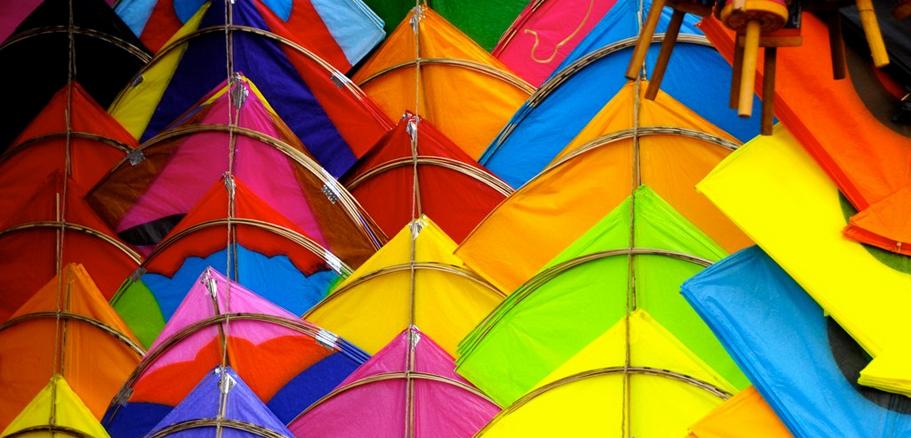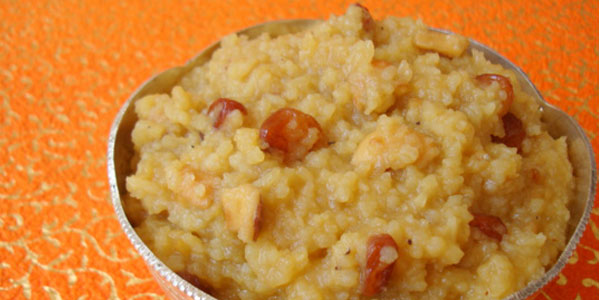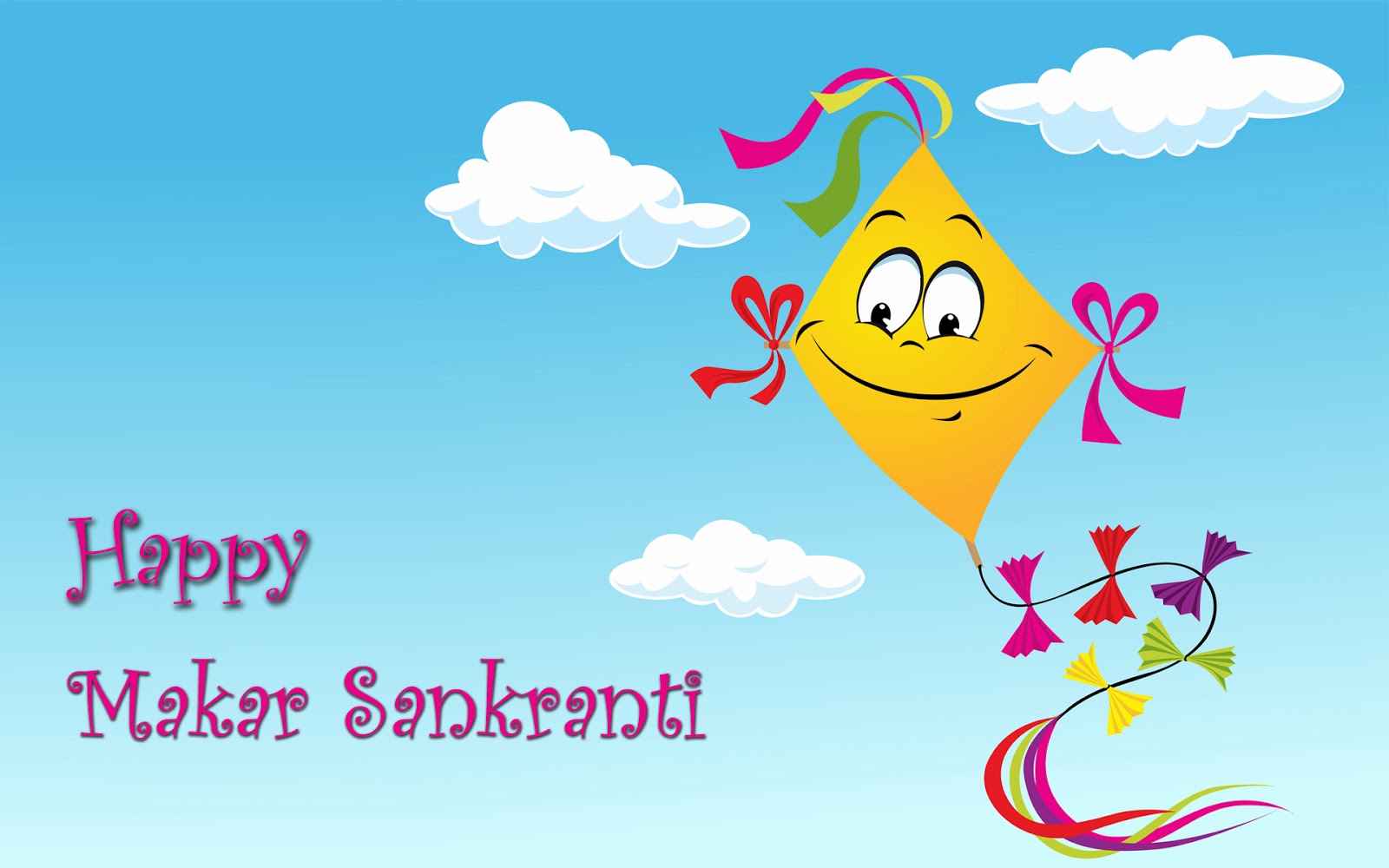Makar Sankranti is basically a celebration of a cosmic event and human life.
The famous Makar Sankranti festival is related to harvesting the food grains. Its called Lohri in Punjab, In south India it’s known as Pongal. The National festival of India, in Karnataka it’s called Sankranti and in Kerala it’s called Makara Vilakku. In Bengal, Makar Sankranti is celebrated at the last day of the Bengali month of Poush. This festival goes on for ten days, feasting, boat races, songs and dance are the major parts of attraction of this important Indian festival. It is celebrated with the til (sesame seeds) ke laddoo, gajak, Rewri and sarson ka saag-makka ki roti.


The four-day event is called ‘pedda paadunya’, which means big festival. The first day of the festival is called Bhogi, the second Sankranti, the third Kanuma and the fourth day Mukkanuma. Traditionally, this period is considered an auspicious time and it is believed that the veteran Bhishma of Mahabharata chose to die during this period. Bhishma fell to the arrows of Arjun. With his boon to choose the time of his death, he waited on a bed of arrows to depart from this world during this holy period. It is believed that those who die in this period are free from the cycle of rebirth.
The one month following it is considered to be very auspicious and is called ‘Dhamnurtmasam’. People rise early in the morning, take baths and go on the streets to sing devotional songs. The girls, dressed in beautiful colorful customs, go in groups singing around. Houses and warehouses are cleaned and the front yards of the houses are adorned with rangolies or muggulu, which are beautiful floral design drawn on the floor with rice powder, a fine limestone powder, further decorated with marigold flowers placed on cowdung ball.
Karnataka also celebrates this festival in a unique style. Families visit friends and relatives dressed in colorful clothes. They exchange sugarcane pieces, a mixture of fried til, molasses, dry coconut pieces, peanuts and fried gram, which signifies that sweetness should prevail amongst them in whatever they do. On this day cows and bulls are washed and their horns are adorned with vivid colors and garlands and are made to jump over a bonfire lit at night.
In Maharashtra people visit their friends and relatives and exchange multi coloured sugar and a mixture of fried til and molasses. While exchanging the sweets they say, “til gul ghya, god god bola” which means that ˜let there be only friendship and good thoughts between us”. New utensils are purchased and used for the first time in Hindu houses. Vividly colored kites dot the skies. In the Gujratis, pandits grant scholarships and certificates to students who have successfully completed their studies in philosophy on this auspicious day.
The whole country welcomes the onset of ‘uttarayana punyakaram’, with the celebration of Makar Sankranti, which marks the journey of the sun to the northern hemisphere (Makar Raasi). All across the country this festival is celebrated with much joy, though the style differs slightly from state to state. People begin this auspicious day with holy dips in water and by worshiping the sun





